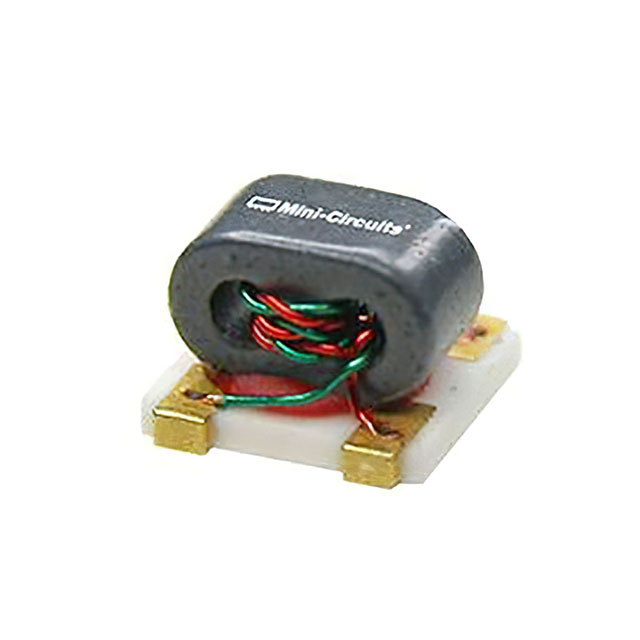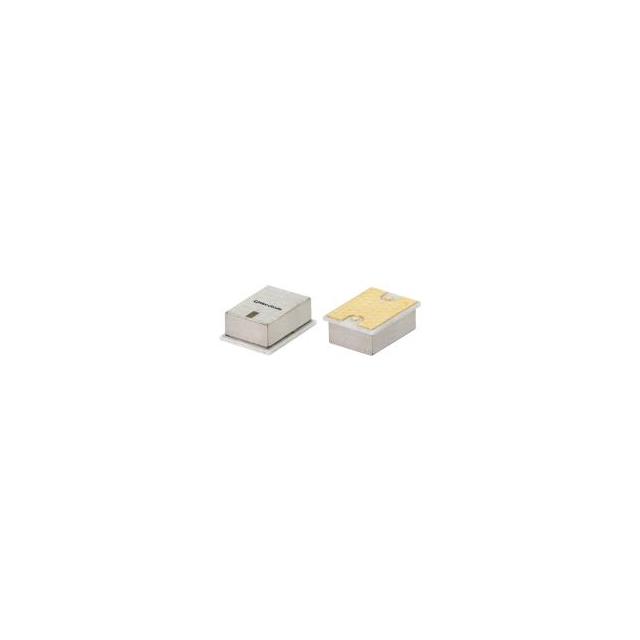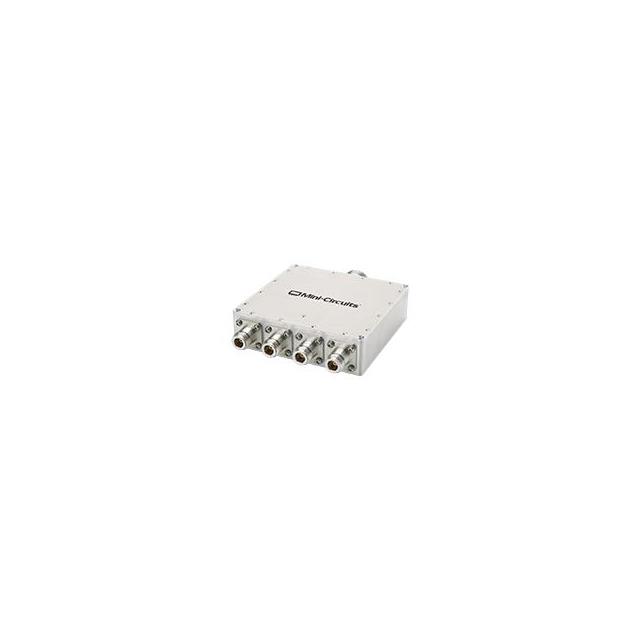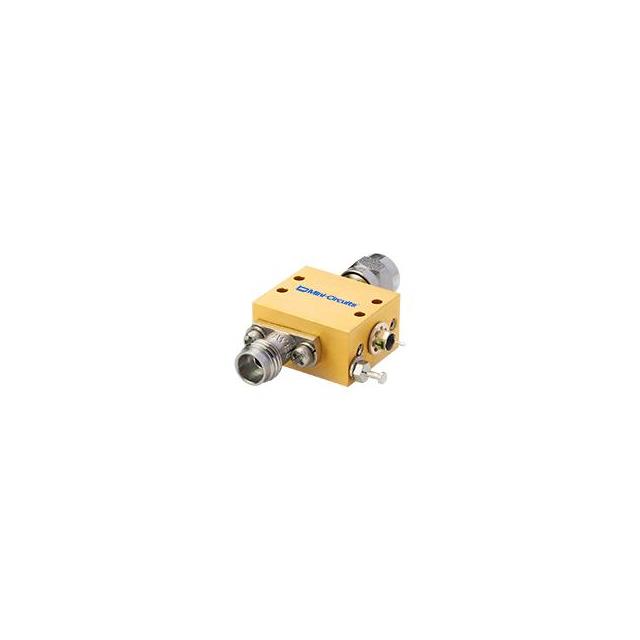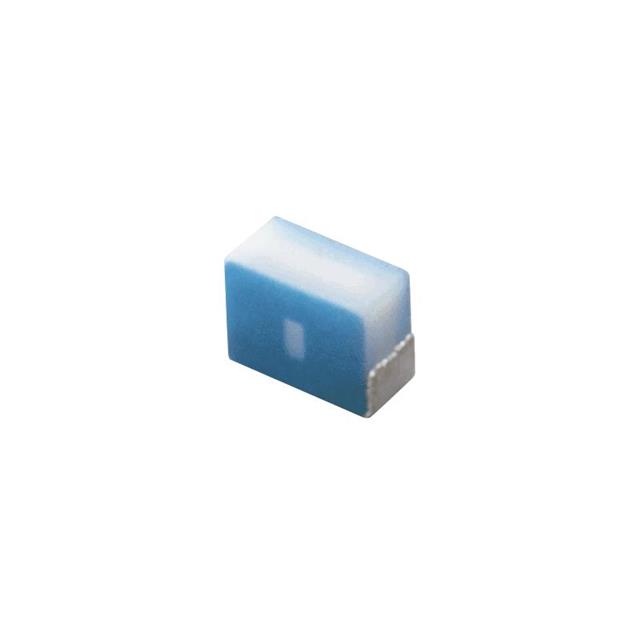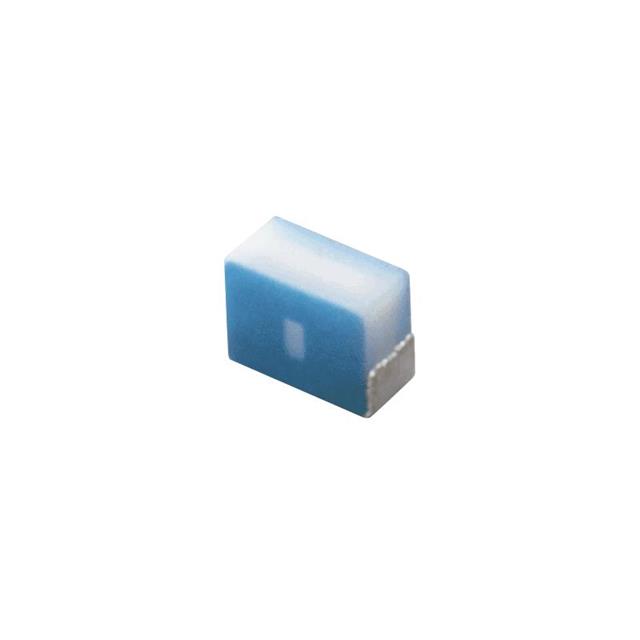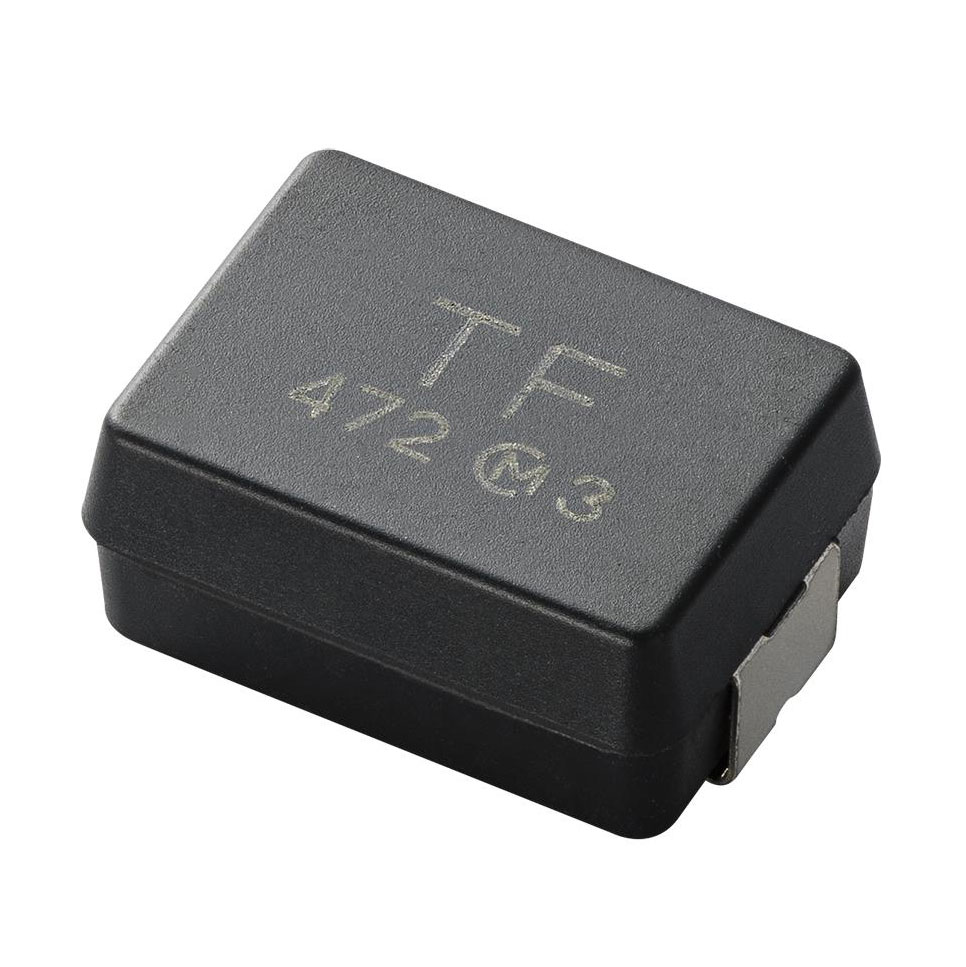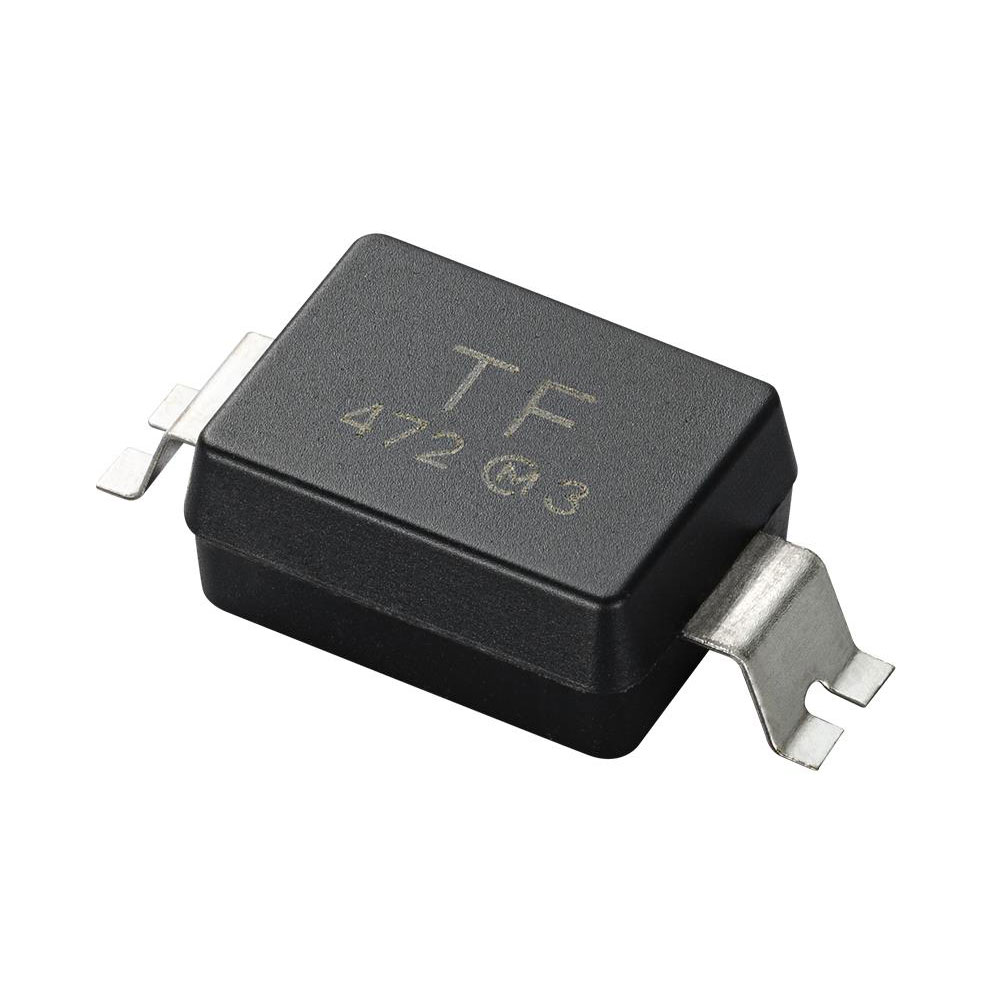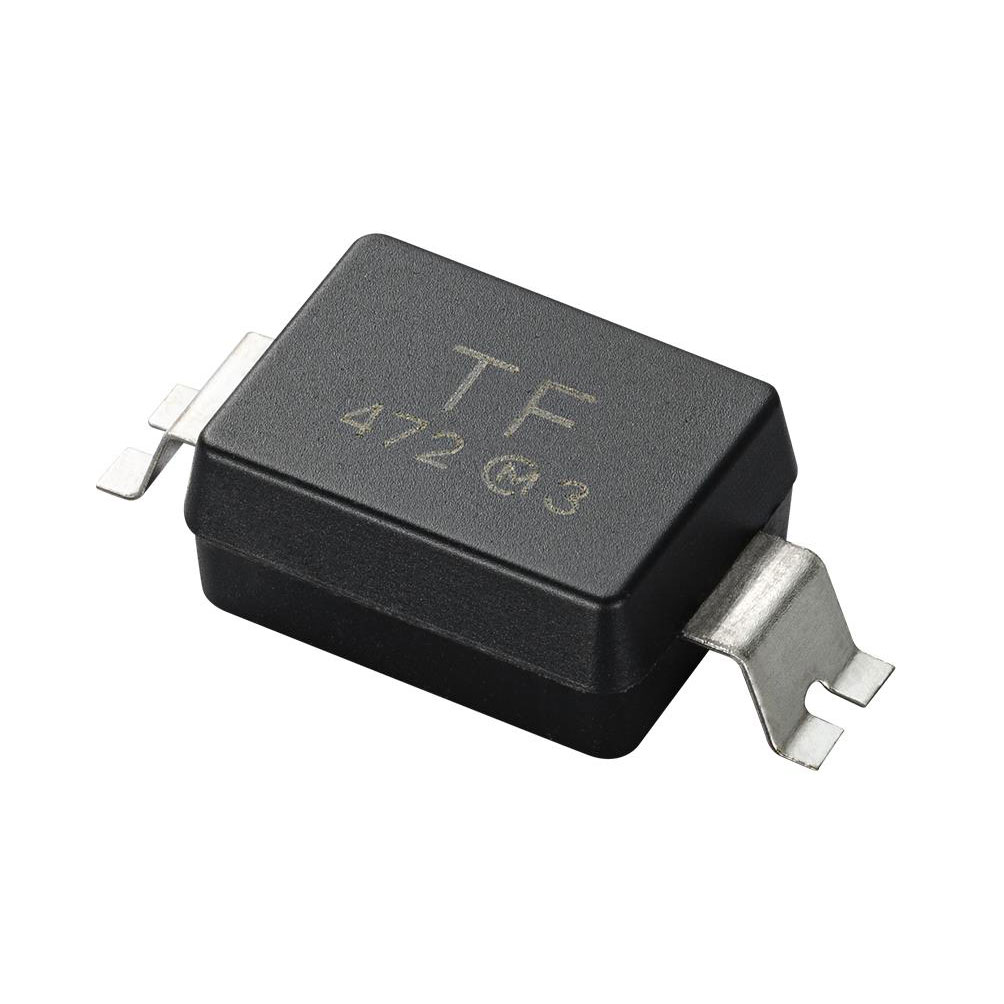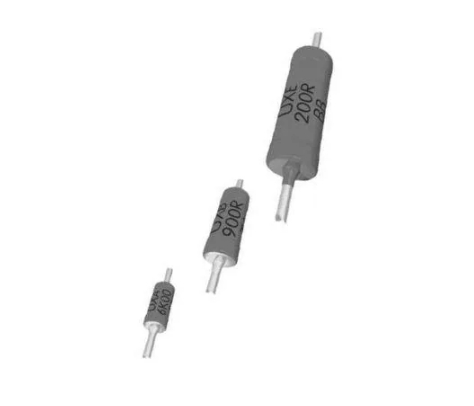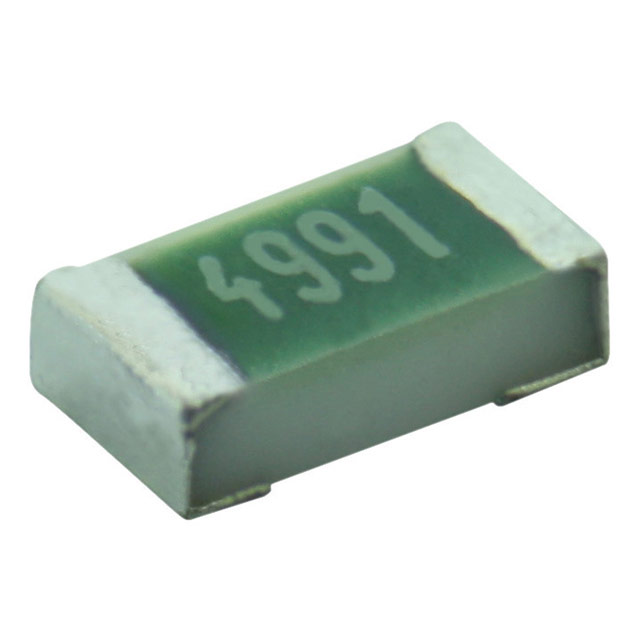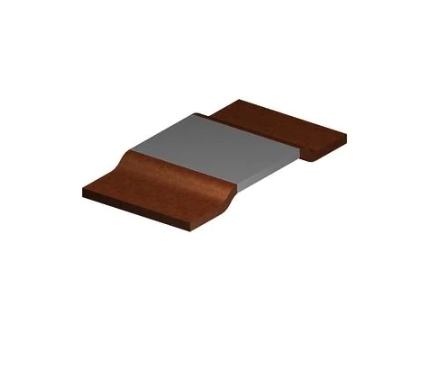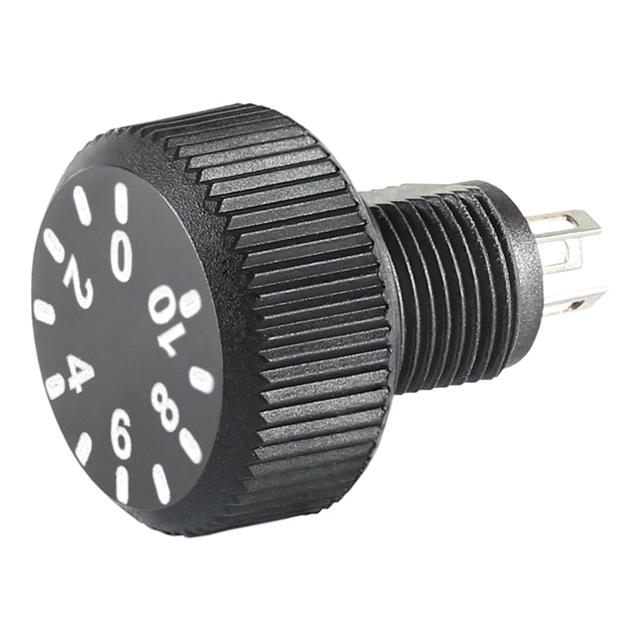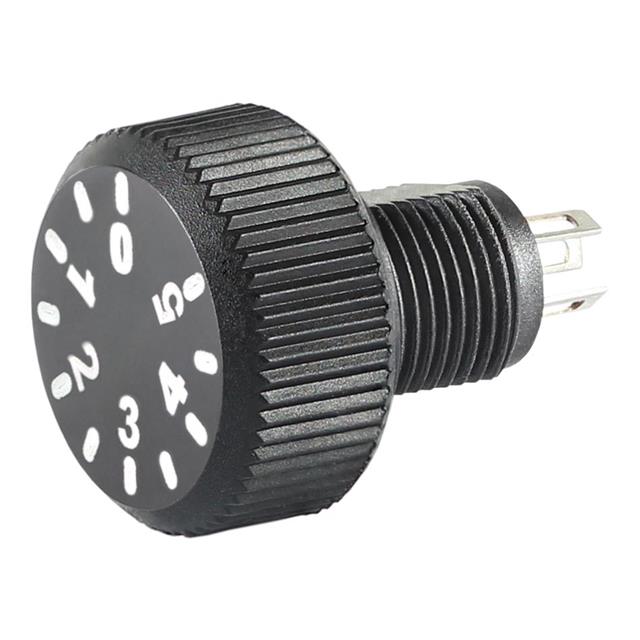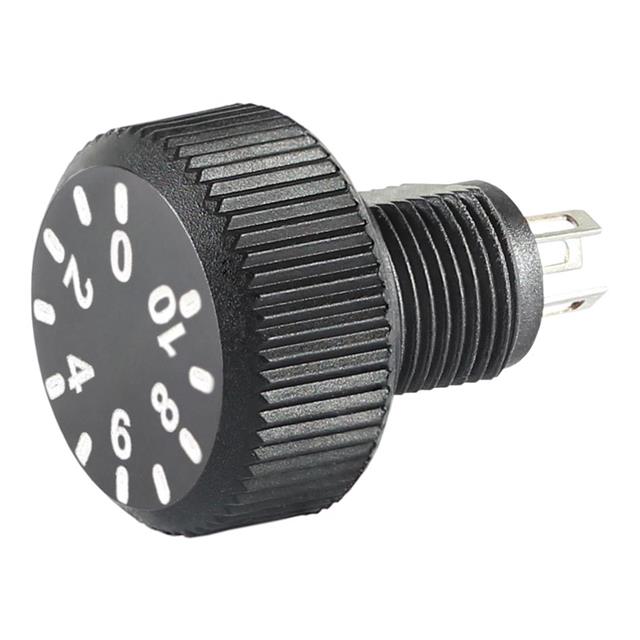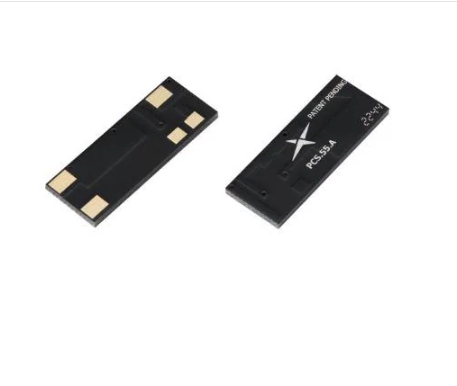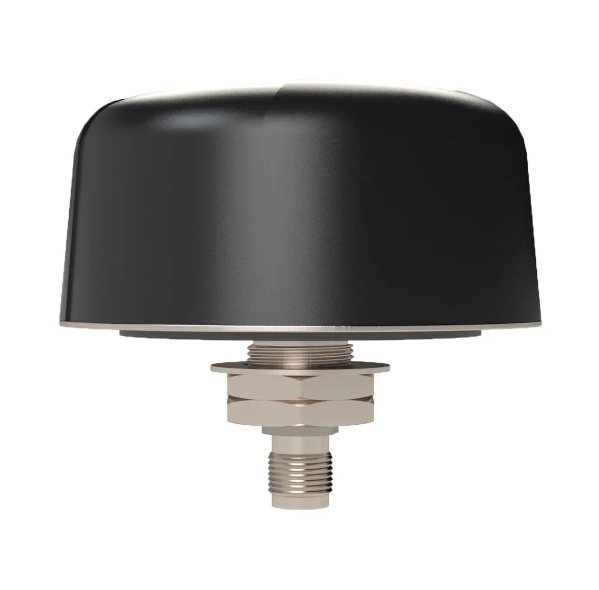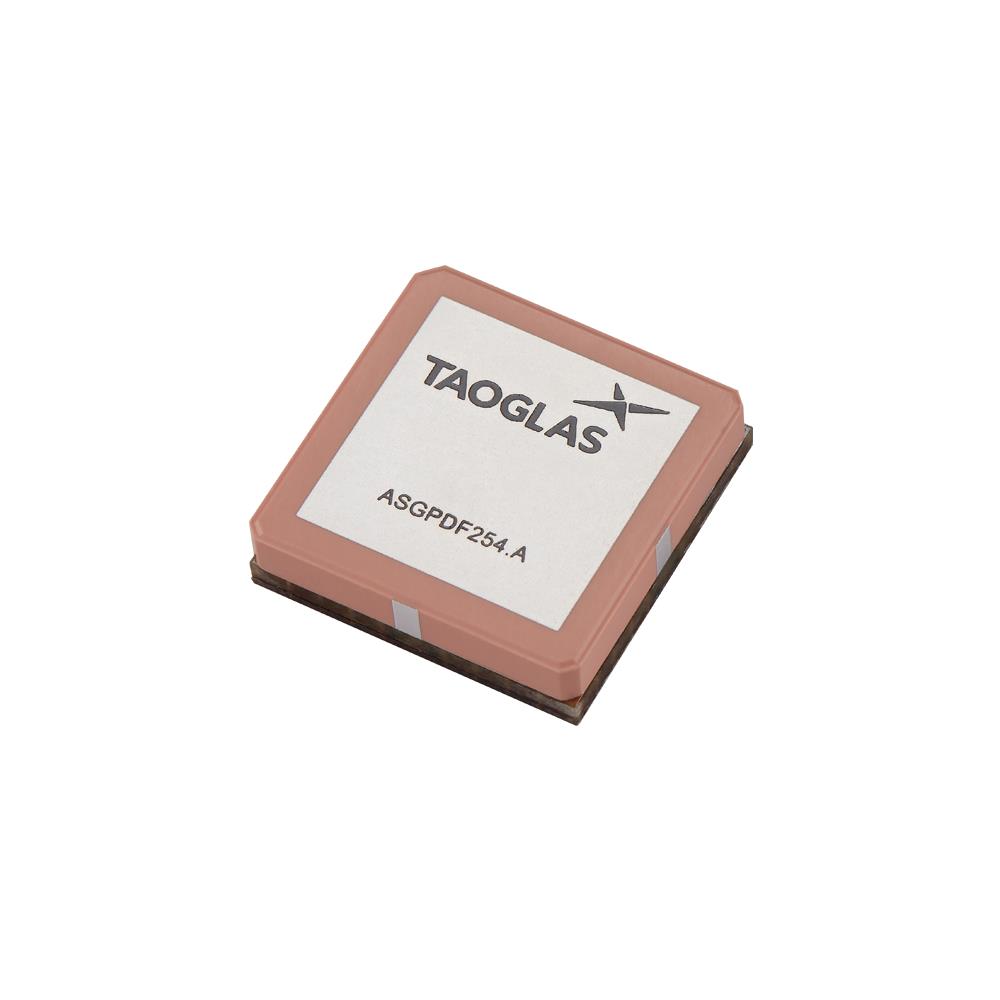Passive Components
Result: 239
COM-2G42G51K0+
- Mini-Circuits
- Signal Conditioning
- New original
-
Data sheet:
COM-2G42G51K0+ Datasheet
Quote:
LQP02HV3N2B02L
- Murata Electronics
- Inductors, Chokes & Coils
- New original
-
Data sheet:
LQP02HV3N2B02L Datasheet
Quote:
LQP02HV0N9B02L
- Murata Electronics
- Inductors, Chokes & Coils
- New original
-
Data sheet:
LQP02HV0N9B02L Datasheet
Quote:
EVA86Q7UTF102KB01K
- Murata Electronics
- Capacitors
- New original
-
Data sheet:
EVA86Q7UTF102KB01K Datasheet
Quote:
EVA86Q7UTF471KA01K
- Murata Electronics
- Capacitors
- New original
-
Data sheet:
EVA86Q7UTF471KA01K Datasheet
Quote:
EVA86Q7UTF152KA01K
- Murata Electronics
- Capacitors
- New original
-
Data sheet:
EVA86Q7UTF152KA01K Datasheet
Quote:
UXB02070H1000BC100
- Dale / Vishay
- Resistors
- New original
-
Data sheet:
UXB02070H1000BC100 Datasheet
Quote:
P16NP472MAB15F2
- Vishay Semiconductors
- Potentiometers, Trimmers & Rheostats
- New original
-
Data sheet:
P16NP472MAB15F2 Datasheet
Quote:
P16NM103MAB15F3
- Vishay Semiconductors
- Potentiometers, Trimmers & Rheostats
- New original
-
Data sheet:
P16NM103MAB15F3 Datasheet
Quote:
P16NP104MAB15F2
- Vishay Semiconductors
- Potentiometers, Trimmers & Rheostats
- New original
-
Data sheet:
P16NP104MAB15F2 Datasheet
Quote:
Passive components refer to electronic circuit elements that do not require a power source to perform their intended functions. Unlike active components such as transistors and integrated circuits, passive components do not amplify or control electrical signals. Instead, they alter the characteristics of the electrical signals that pass through them. Common passive components include resistors, capacitors, and inductors. Resistors impede the flow of electric current, capacitors store and release electrical energy, and inductors store energy in a magnetic field. These components are fundamental building blocks in electronic circuits, contributing to signal shaping, filtering, and impedance matching without actively controlling the flow of electrical charge.


